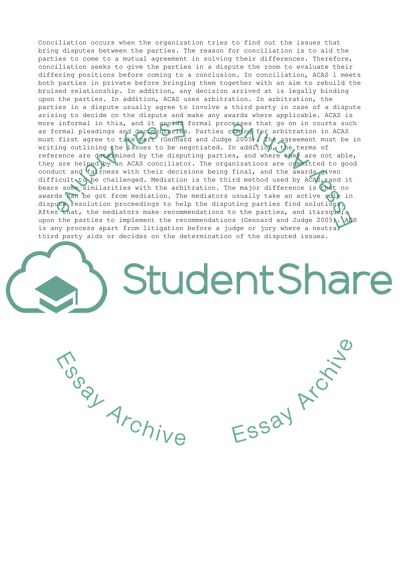Cite this document
(“Business LAW Assignment Example | Topics and Well Written Essays - 2000 words”, n.d.)
Business LAW Assignment Example | Topics and Well Written Essays - 2000 words. Retrieved from https://studentshare.org/business/1682694-business-law
Business LAW Assignment Example | Topics and Well Written Essays - 2000 words. Retrieved from https://studentshare.org/business/1682694-business-law
(Business LAW Assignment Example | Topics and Well Written Essays - 2000 Words)
Business LAW Assignment Example | Topics and Well Written Essays - 2000 Words. https://studentshare.org/business/1682694-business-law.
Business LAW Assignment Example | Topics and Well Written Essays - 2000 Words. https://studentshare.org/business/1682694-business-law.
“Business LAW Assignment Example | Topics and Well Written Essays - 2000 Words”, n.d. https://studentshare.org/business/1682694-business-law.


